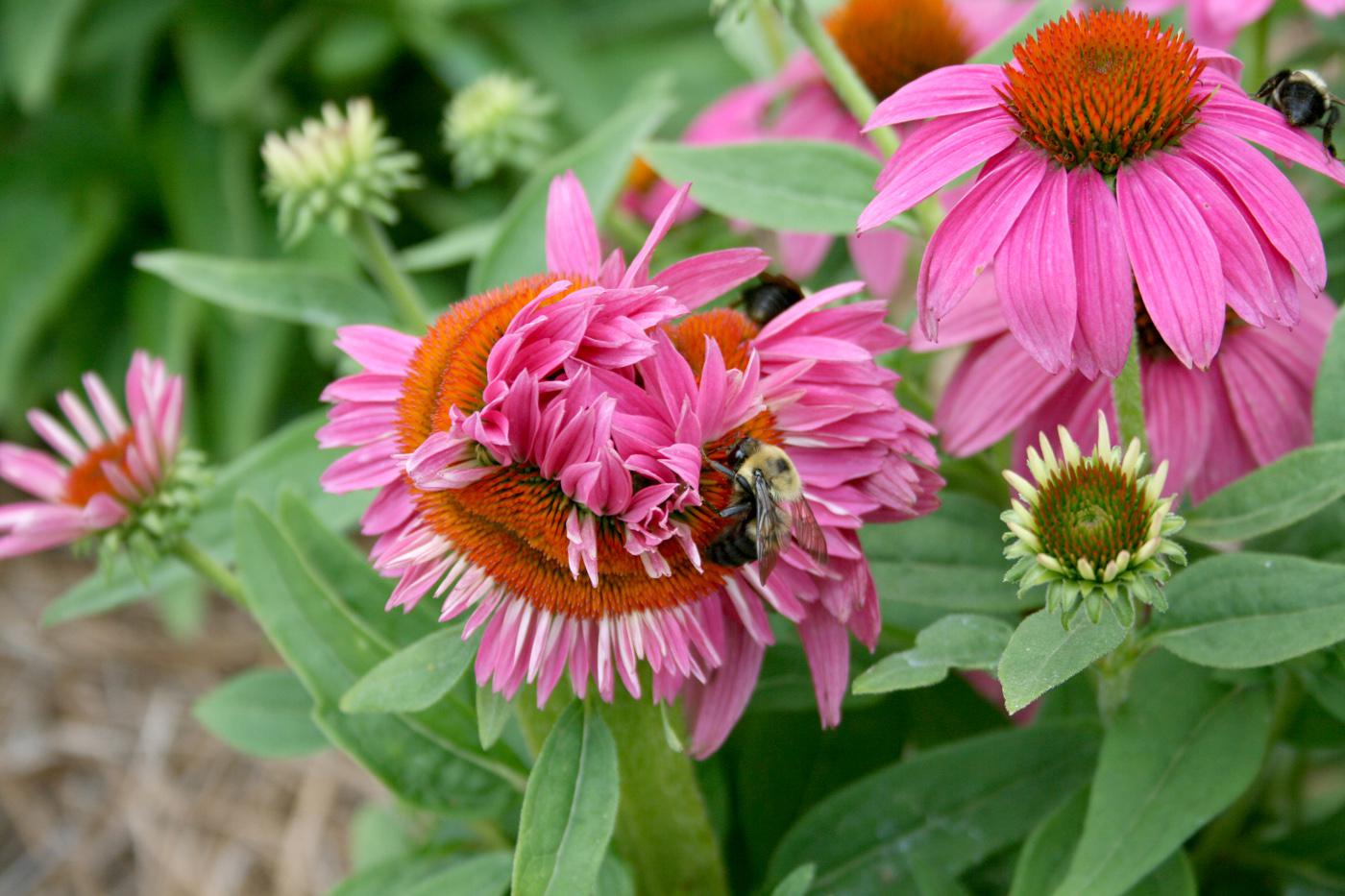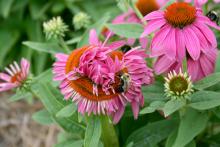Information Possibly Outdated
The information presented on this page was originally released on August 24, 2011. It may not be outdated, but please search our site for more current information. If you plan to quote or reference this information in a publication, please check with the Extension specialist or author before proceeding.
Fasciated flowers fascinate gardeners
Sometimes the most interesting plants in our landscapes are the ones that can’t be predicted. Each year, there is a wonderful, random variety that presents itself in the garden through the mutations that occur in every plant species.
The secret to finding some of these botanical gems is taking a closer look at flowering and evergreen plants. Every once in a while, we are rewarded with garden treasure.
Mother Nature makes a mistake on occasion. A fairly common type of mutation results in growth that is ribbon-like or flattened. Called fasciation, it can affect all parts of plants, including stems and leaves, and causes the plant to develop strange shapes and grow at unusual angles.
Gardeners seem to be fascinated by fasciation. It’s probably not a coincidence the two terms are closely related.
Flowers generate the most interest when fasciation gives them a crested or contorted appearance. There are more than 100 plant species that display fasciation, including some very popular landscape plants like Rudbeckia, sunflower and gaillardia.
Each summer, I receive numerous calls about and pictures of these botanical beauties.
I found a very pretty and unusual fasciated purple coneflower earlier this summer in a planting of Pow Wow Wild Berry coneflower. Instead of having the familiar round shape, the flower had a convoluted and twisted center cone surrounding the bright pink petals. The other flowers on the plant had developed in a normal fashion.
While many fasciated flowers are random mutations, breeders have selected, maintained and grown certain landscape plants for this flowering trait. The most popular is probably the crested celosia. Known botanically as Celosia argentea, crested celosia has flowers that either are tightly clustered, resembling the comb of a rooster, or are round and lobed, looking like a technicolor cauliflower or velvety brain.
Some think fasciated flowers are the result of the mutation of a single cell that eventually changes the shape of the flower from round to crescent.
There is other evidence that suggests fasciation is the result of leafhoppers. When these insects feed on a plant, they can transfer a plant hormone-like substance that stimulates the uncontrolled division of cells, resulting in the flattened or ribbon-like growth.
But whatever the cause, when you come across a fasciated plant, enjoy it for what it is -- a random act of garden kindness that adds to the beauty of our landscapes.








